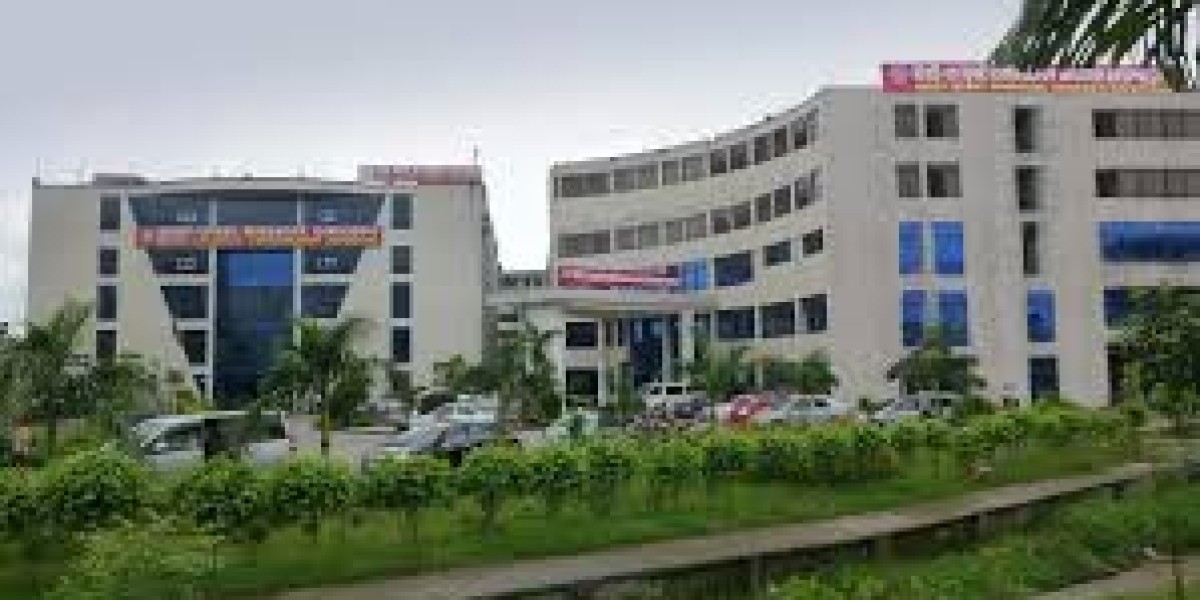Pursuing an mbbs in Bangladesh is an increasingly practical pathway for Indian aspirants who want a rigorous medical education with strong bedside learning at a cost that remains within reach for middle class families. Bangladesh offers a five year MBBS curriculum followed by a one year compulsory internship in teaching hospitals that see high patient inflow, giving students consistent exposure to common and complex cases. For Indians in particular, the appeal lies in the overlap of disease profiles with India, English as the classroom medium in most international tracks, comparable clinical protocols, and geographical proximity that eases travel and family support. Add to this transparent tuition policies, structured academic calendars, and an ecosystem where international students are welcomed and guided through visa, housing, and onboarding, and Bangladesh becomes a clear contender among affordable destinations.
Why Bangladesh appeals to Indian students
Bangladesh delivers a classroom to ward continuum that mirrors how medical practice unfolds in South Asia. The pre clinical years emphasize anatomy, physiology, and biochemistry through lectures, small group tutorials, dissection, and skills labs. As students progress, they move into para clinical blocks like pathology, microbiology, pharmacology, and community medicine before spending long rotations across medicine, surgery, pediatrics, obstetrics and gynecology, orthopedics, psychiatry, and emergency. The clinical volume is robust, so histories, examinations, case discussions, and ward based presentations become daily habits. Cultural familiarity further reduces friction. Vegetarian and non vegetarian Indian meals are easy to find around campuses, festivals are celebrated by student groups, and the climate, accents, and clinical vernacular feel closer to home than in many other countries.
Academic structure and clinical exposure
The standard program spans five academic years divided into three professional phases. Early semesters build a scientific foundation with cadaveric anatomy, physiology experiments, and biochemistry practicals. The middle semesters integrate disease mechanisms and pharmacotherapeutics with pathology, microbiology, and forensic medicine. The clinical phase prioritizes rotations in medicine allied specialties, surgery allied specialties, pediatrics, obstetrics and gynecology, and electives. Most colleges require logbooks and periodic OSCE or OSPE style assessments that test real life skills. Because teaching hospitals serve dense urban and semi urban catchments, students observe and manage a wide spectrum of conditions from infectious diseases and maternal health to noncommunicable illnesses, which directly strengthens differential diagnosis and management planning.
Eligibility and documentation
Indian applicants generally require Class twelve with physics, chemistry, biology, and English from a recognized board, meeting the minimum aggregate set by the college, and a valid NEET qualification to keep the Indian licensing pathway open after graduation. Typical documentation includes mark sheets and certificates, passport, photographs, NEET scorecard, medical fitness certificate, police clearance where asked, and financial support evidence for visa processing. Some institutions interview applicants or assess English readiness. It is wise to begin document notarization and attestation early to avoid last mile delays.
Fees and living costs
Affordability is a key driver. Tuition at many private colleges sits well below the cost of Indian private medical colleges, and government linked institutions can be even lighter on the pocket. Annual tuition commonly falls in a moderate band depending on the reputation and location of the college. Hostel and mess charges are typically published in advance, and shared accommodation near campuses can reduce expenses further. Students should budget for visa fees, medical insurance, residence permit renewals, books, exam fees, and local transport. A small contingency for currency movement and personal needs helps keep finances predictable.
Step by step admission timeline
The practical path starts with shortlisting colleges that are recognized by the Bangladesh Medical and Dental Council and included in the World Directory of Medical Schools. Gather and scan documents, apply online or through authorized channels, and await a provisional offer. Once received, complete notarization and legalization, pay the seat confirmation amount if required, and apply for the student visa. Parallelly, choose hostel or private accommodation, plan airport pickup, and arrive a few days before orientation. During the first week, complete college registration, health checks where applicable, and residence permit formalities.
Recognition and licensing pathways
Recognition is foundational for long term careers. Graduates of colleges listed in authoritative directories and approved by national regulators are eligible to pursue licensing in the country where they plan to practice. Indians returning home must clear the prevailing national licensing examination pathway to obtain registration. Early planning pays off. Students who intend to write Indian exams later should align study habits with tested domains, build strong case logs, and use clinical years to sharpen communication, documentation, and evidence based decision making. Those considering postgraduate training abroad can explore additional standardized exams and local requirements during later years.
Student life and support
Life as a medical student in Bangladesh is structured and supportive. Campuses often provide separate hostels for male and female students with wardens, security, study rooms, and internet access. Libraries extend hours near examinations, skills labs run scheduled practice sessions, and student unions organize academic seminars and cultural events. Outside campus, Indian grocery stores and eateries are common in student neighborhoods. Public transport and ride services keep commutes short and affordable. Many colleges run international student cells that assist with visa extensions, health insurance, banking, and periodic welfare checks, which reduces administrative stress and allows learners to focus on academics.
Myths and realities
A common misconception is that clinical exposure is limited, yet teaching hospitals in large cities see high patient throughput that ensures ample case based learning. Another myth is that classes are not accessible to non native speakers, while in reality international tracks teach in English and bedside language support evolves quickly through daily interaction. Finally, some assume hidden donations are mandatory. Reputable institutions publish fees and refund rules ahead of time. Applicants should verify all claims on official college pages and speak with current students for clarity.
How to choose the right college
Use a simple filter set to shortlist options. Confirm BMDC approval and presence in trusted directories. Review the teaching hospital bed strength, outpatient volume, and specialty units. Check for a documented curriculum with rotation calendars, assessment formats, and simulation facilities. Examine fee schedules, hostel and mess details, and refund policies. Look for international student support services and mentorship or coaching options for licensing exams. Ask alumni about faculty attention, ward responsibilities, and the balance between lectures, tutorials, and bedside rounds.
Strategic success tips
Start strong in the first year by building disciplined study routines and integrating lecture notes with standard textbooks. Join peer study groups and attend faculty office hours to resolve doubts early. Keep a neat clinical logbook from the first posting and practice case presentations regularly. Treat viva and OSCE as learn by doing assessments rather than last week sprints. Allocate a weekly window for licensing exam domains so preparation compounds across years. Maintain health through regular sleep, simple nutrition, and brief exercise so energy levels stay reliable during busy rotations.
Conclusion
Bangladesh offers Indian students a grounded, clinically rich medical education that mirrors the disease patterns and practice realities they will encounter as doctors in the region. The blend of manageable fees, English medium instruction, high patient exposure, and structured mentoring creates a coherent path from classroom concepts to competent bedside care. With thoughtful college selection, early documentation, steady academic habits, and proactive planning for licensing, students can transform five years of study and one year of internship into a durable foundation for medical careers in India or abroad.








